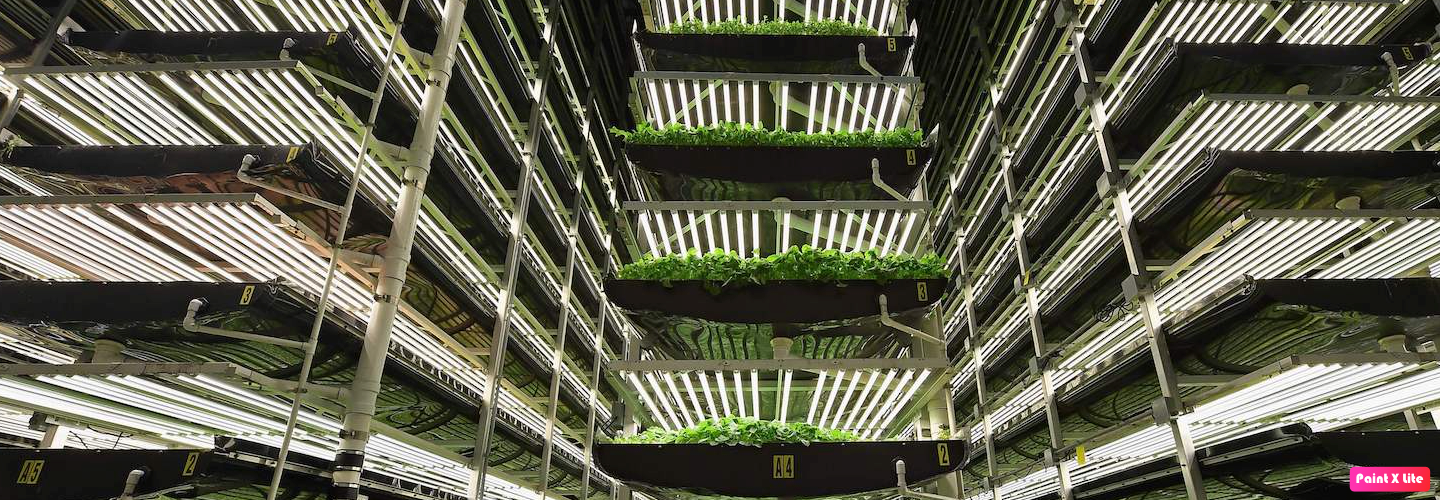Horticulture Lighting
Horticulture LED lights and grow lights are becoming increasingly popular among indoor gardeners and commercial growers alike. These lights are specially designed to provide the optimum light spectrum for plant growth, allowing plants to thrive even in indoor environments where natural light may be limited. In this article, we will explore the benefits of horticulture LED lights and grow lights, their different types, and their application in indoor gardening.
Benefits of Horticulture LED Lights and Grow Lights
The main benefit of horticulture LED lights and grow lights is that they provide the optimal light spectrum for plant growth. These lights emit wavelengths of light that are specifically tailored to the needs of plants, promoting photosynthesis and providing the energy that plants need to grow and develop. LED lights are also highly efficient, using less energy and producing less heat than traditional lighting sources. This makes them an excellent choice for indoor gardening, as they can be used without the need for additional cooling or ventilation systems.
Another benefit of horticulture LED lights and grow lights is that they are highly customizable. These lights can be adjusted to provide the specific wavelengths of light that plants need at each stage of their growth cycle. For example, during the vegetative stage, plants require more blue light, which promotes leaf growth and overall plant structure. During the flowering stage, plants require more red light, which encourages the development of flowers and fruit. With horticulture LED lights and grow lights, growers can adjust the light spectrum to suit the specific needs of their plants, resulting in healthier and more productive crops.
Types of Horticulture LED Lights and Grow Lights
There are several types of horticulture LED lights and grow lights available on the market, each with its own unique features and benefits.
Full-Spectrum LED Grow Lights: Full-spectrum LED grow lights are designed to mimic natural sunlight, providing plants with a complete range of light wavelengths. These lights are highly efficient and can be used throughout the entire growth cycle of the plant.
COB LED Grow Lights: COB (Chip-on-Board) LED grow lights are a type of high-intensity lighting that is designed to provide a concentrated source of light. These lights are particularly effective for growing plants that require high light intensity, such as tomatoes and peppers.
Quantum Board LED Grow Lights: Quantum board LED grow lights are a type of modular lighting system that is designed to provide a high level of flexibility and customization. These lights consist of multiple LED boards that can be arranged in a variety of configurations, allowing growers to adjust the light spectrum to suit the specific needs of their plants.
Application in Indoor Gardening
Horticulture LED lights and grow lights are particularly useful for indoor gardening, where natural light may be limited or unavailable. These lights can be used to grow a wide range of plants, including herbs, vegetables, and flowers, and can be adjusted to suit the specific needs of each type of plant. Indoor growers can also use horticulture LED lights and grow lights to extend the growing season, allowing them to produce fresh produce year-round.
In addition to their use in indoor gardening, horticulture LED lights and grow lights are also becoming increasingly popular in commercial agriculture. These lights are particularly effective for growing high-value crops that require specific light conditions, such as cannabis and specialty fruits and vegetables. By using horticulture LED lights and grow lights, commercial growers can achieve higher yields, more consistent quality, and greater control over the growing process.
Conclusion
Horticulture LED lights and grow lights are a highly effective and customizable lighting solution for indoor gardening and commercial agriculture. These lights provide the optimal light spectrum for plant growth, allowing plants to thrive even in indoor environments where natural light may be limited. With a variety of types and configurations available, growers can select the perfect horticulture LED lights and grow lights for their specific needs.


